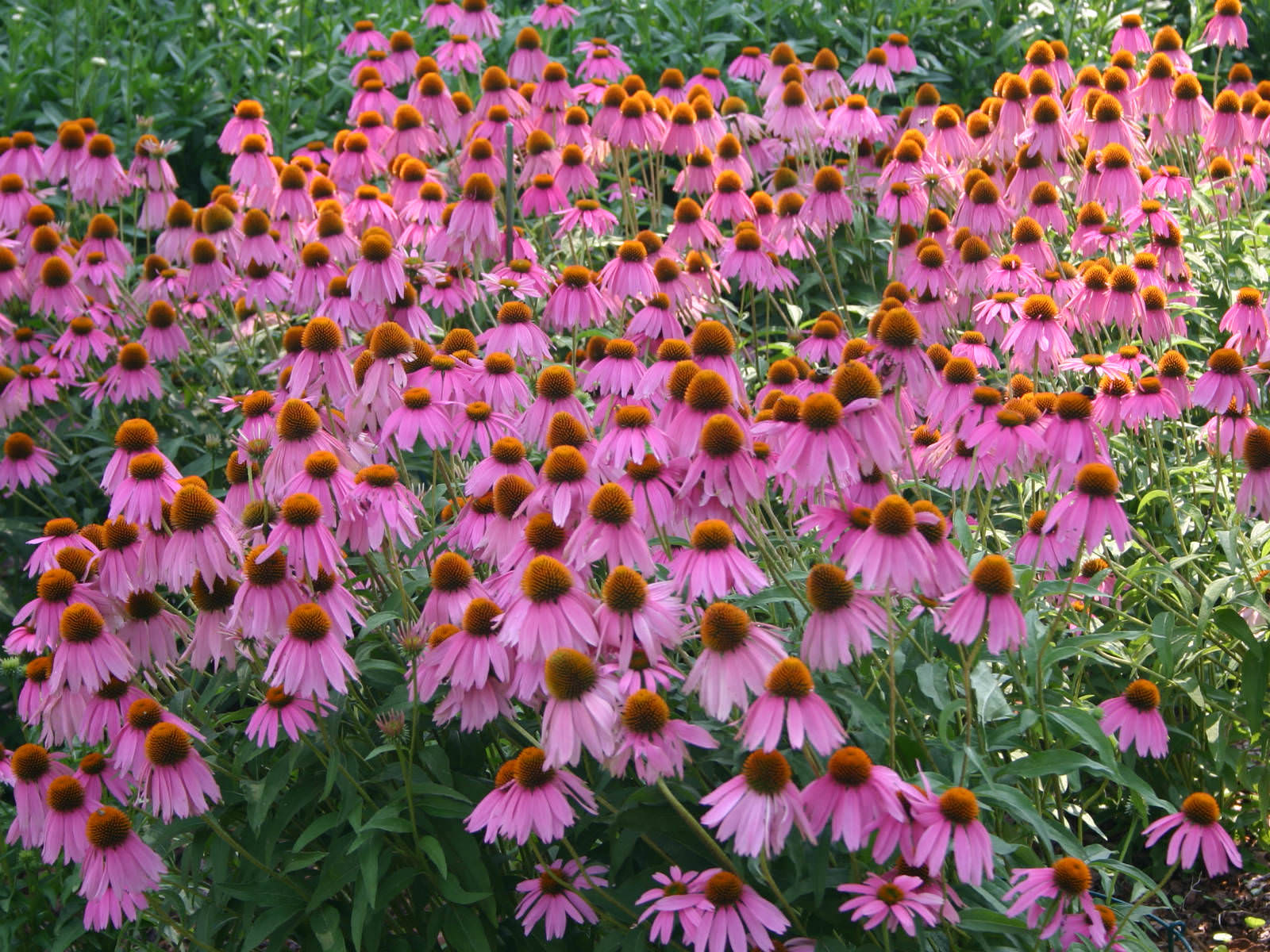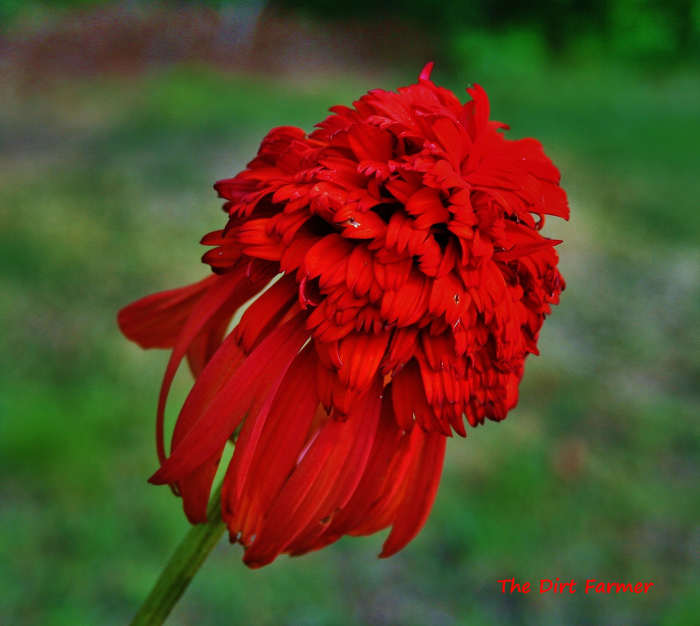

Overwatering can cause crown or root rot. Water:Īlthough drought tolerant once established, water agastache regularly until healthy roots develop, then occasionally as needed. Too much humidity can cause root rot, fungal disease, and yellowing of leaves. This heat lover thrives in warmer weather and prefers dry conditions. Use a high quality all-purpose potting soil that drains well. Make sure pots have adequate drainage holes. In areas with cool wet winters, mulch with gravel to help prevent roots from freezing and rotting. Don’t over-amend the native soil, as this can cause fewer flowers and weakened growth. Soil:Īgastache prefers lean soil that drains well, with a pH between 6.0 and 8.0. Water plants regularly until established. Fill in the hole with soil, tamp down gently to remove air pockets, and water thoroughly. Dig a hole slightly larger than the root ball and place in the planting hole so the top of the root ball is level with the surrounding soil. If plants are pot-bound, gently tease out the roots. Loosen soil in planting area and lightly amend with compost or other organic matter. Where to plant:Ĭhoose a warm sunny site with lean, well-draining soil. Plant agastache in cooler months of spring or fall to avoid shock.

'Blue Fortune' anise hyssop ( Agastache hybrid). Is agastache deer resistant?Īgastache is considered deer-resistant, though any plant may be susceptible to deer browsing if other food sources are scarce. Is agastache poisonous?Īgastache is not considered toxic to pets and children, though ingesting any type of plant may cause mild stomach distress for pets. Seeds are a source of food for songbirds. The foliage has an anise or licorice scent when crushed. Leaves can be heart-shaped or pointed with serrated edges, or thin and lance-shaped, occurring in colors of green, grey-green, or gold.

Plants have sturdy square stems that are characteristic of the mint family. Upright, bushy or spreading habit Height/Spread:ġ to 6 feet tall, 1 to 3 feet wide Exposure:ĭense clusters of tubular flowers occur in colors of blue, purple, apricot, coral, orange, red, yellow, or white. Propagate by root cuttings from late autumn to early winter.3-10, depending on the variety (most varieties 5-9) Habit: Propagate by division in spring or fall although this plant resents disturbance.

Perfect choice for beds and borders, prairies and meadows, wildflower gardens or cottage gardens.
#PURPLE CONEFLOWER SEEDLINGS PLANTING IN FALL IN ZONE 6 FULL#
Thrives in full sun in average, dry to medium moisture, well drained soils.Freely self-seeds in the garden and can become very aggressive. Its flowers are used to make an extremely popular herbal tea, reported to help strengthen the immune system. Vigorous and easy care, drought, heat, humidity and poor soil tolerant, Echinacea purpurea is a suitable addition to a prairie garden, looks terrific when massed in perennial borders or in flower arrangements. If its flower heads are not removed in the fall, the blackened cones will be visited by birds that feed on the seeds. Rich in nectar, they attract butterflies and hummingbirds. They feature purple, drooping rays surrounding a spiny, dark brown central cone. Long-lasting, the showy blossoms are borne atop strong erect stems clad with coarse, lance-shaped, dark green leaves. A popular perennial, Echinacea purpurea (Purple Coneflower) is an outstanding herbaceous perennial boasting a profusion of large, daisy-like, purple coneflowers, 5 in.


 0 kommentar(er)
0 kommentar(er)
